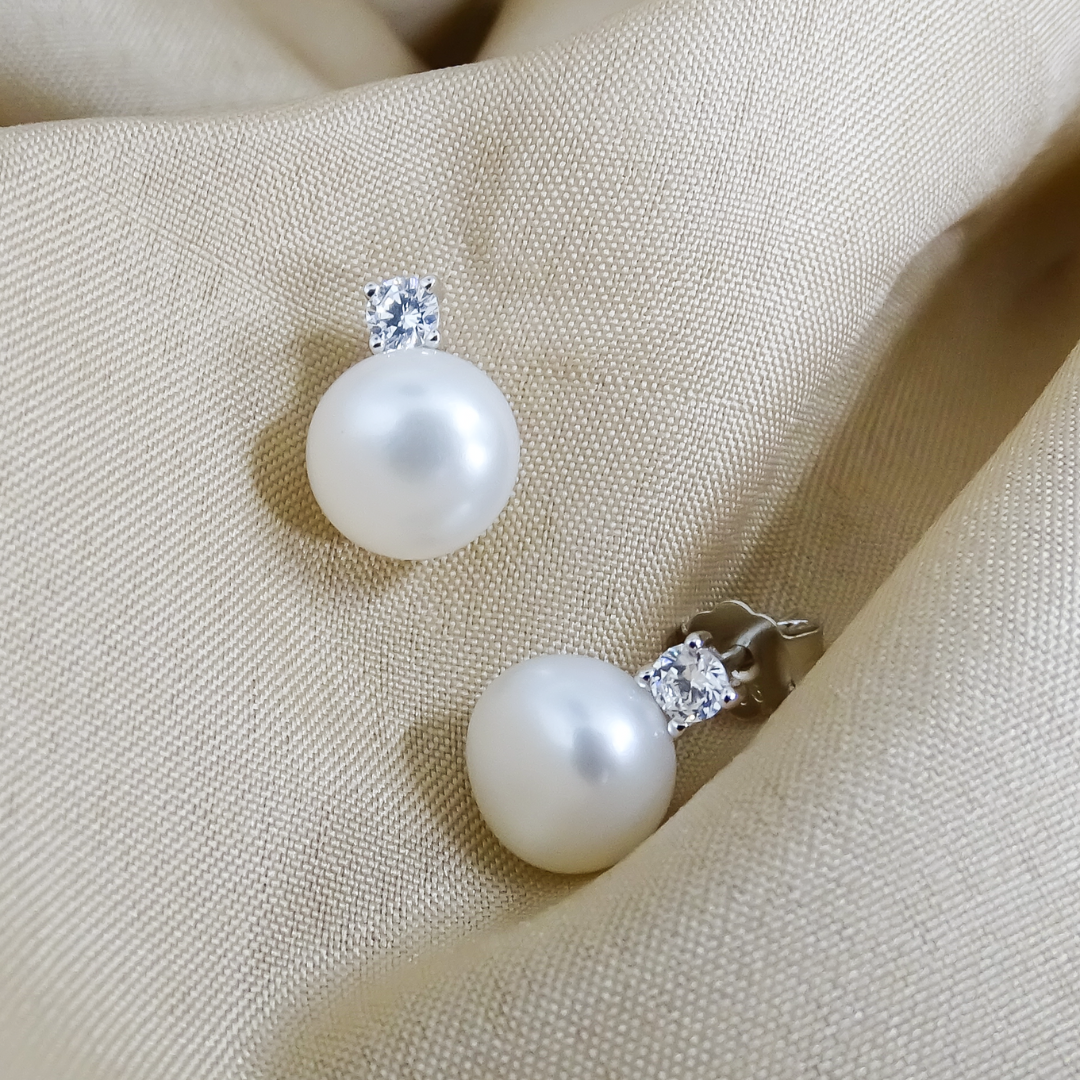Yes, pearls are indeed fascinating creations of nature.

Where do Pearls come from?
The process of pearl formation occurs when a foreign object, such as a grain of sand or a parasite, enters the soft tissue of a mollusk, such as an oyster or a mussel. In response to this irritant, the mollusk secretes layers of calcium carbonate, known as nacre, to coat the intruder, forming a pearl.
While perfect pearls are typically round, smooth, and lustrous, there are also baroque pearls that come in various shapes and have a unique charm of their own. The ability to produce pearls is present in almost all species of mollusks, but the quality and characteristics of the pearls can vary significantly.
The value of a pearl
Determining the value of a pearl involves several factors, although there is no standardized grading system for pearl quality. The following aspects are considered in assessing the value of a pearl:
Pearl type:
Different types of pearls, such as freshwater, Akoya, South Sea, and Tahitian pearls, have varying desirability and value.
Rarity:
Some types of pearls, such as natural pearls, are exceptionally rare and hold greater value compared to cultured pearls.
Size:
Larger pearls tend to be more valuable, although other factors like quality also influence the overall worth.
Shape:
While perfectly round pearls are highly sought after, pearls with unique shapes, like baroque pearls, can also be valuable depending on their appeal.
Color:
Pearls come in a range of colors, including white, cream, pink, black, and even rare shades like gold or blue. The color and its intensity affect the value.
Nacre quality and luster:
A thick and lustrous nacre coating contributes to a pearl's beauty and durability, enhancing its value.
Weight (for natural pearls) or size (for cultured pearls): In the case of natural pearls, weight is a significant factor, whereas for cultured pearls, size plays a role in determining value.
It's important to note that the value of a pearl is subjective and can vary based on market demand, individual preferences, and the overall quality of the specific pearl. While there isn't a definitive pearl price guide, understanding these factors can provide a general idea of what influences the value of pearls.

